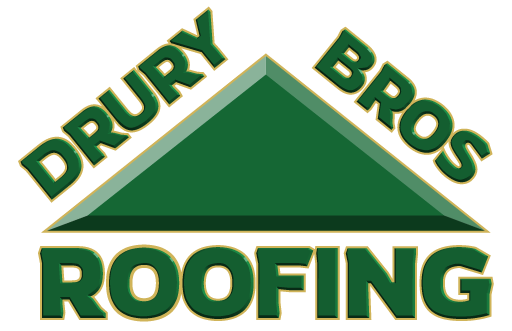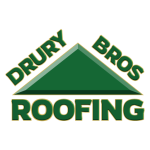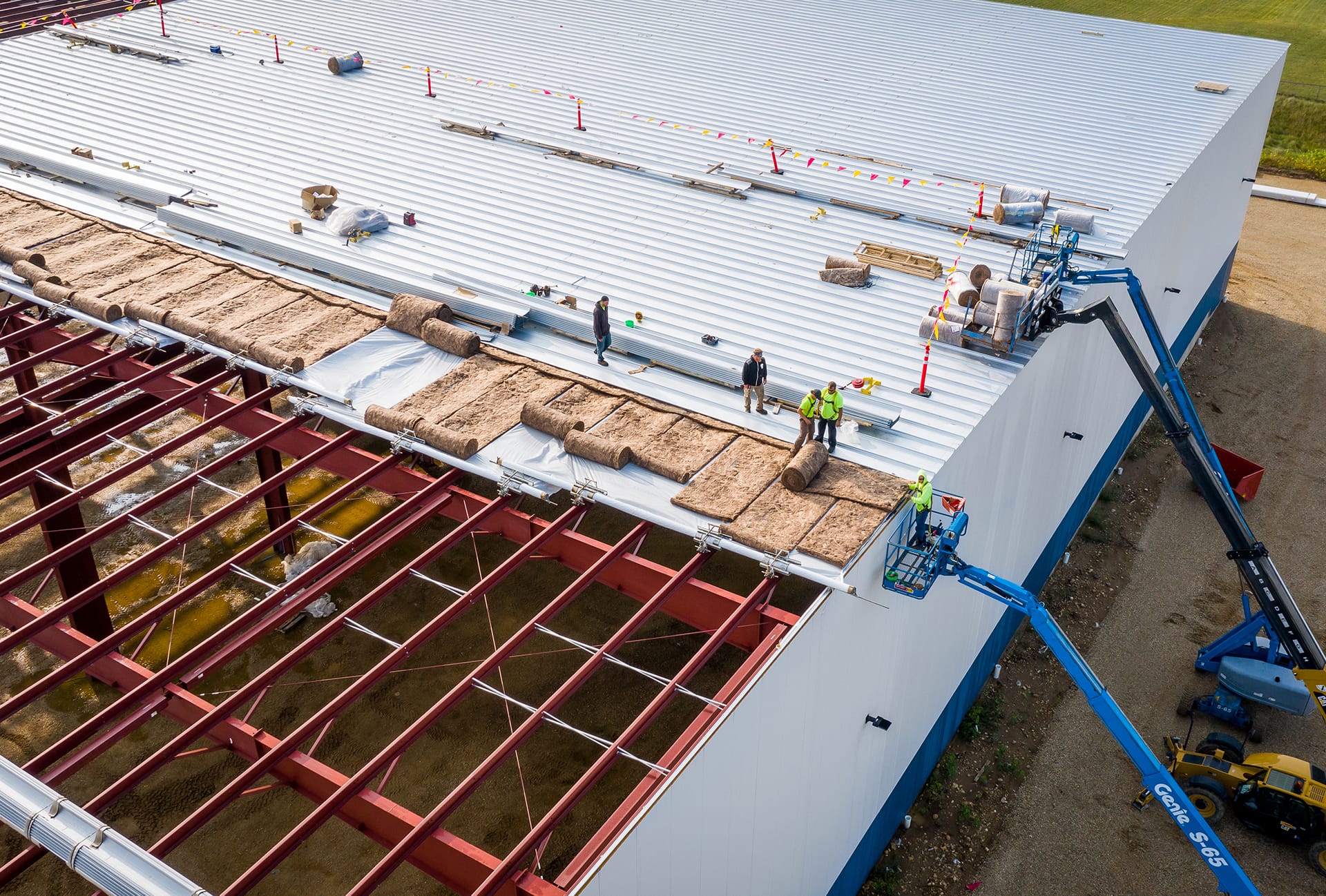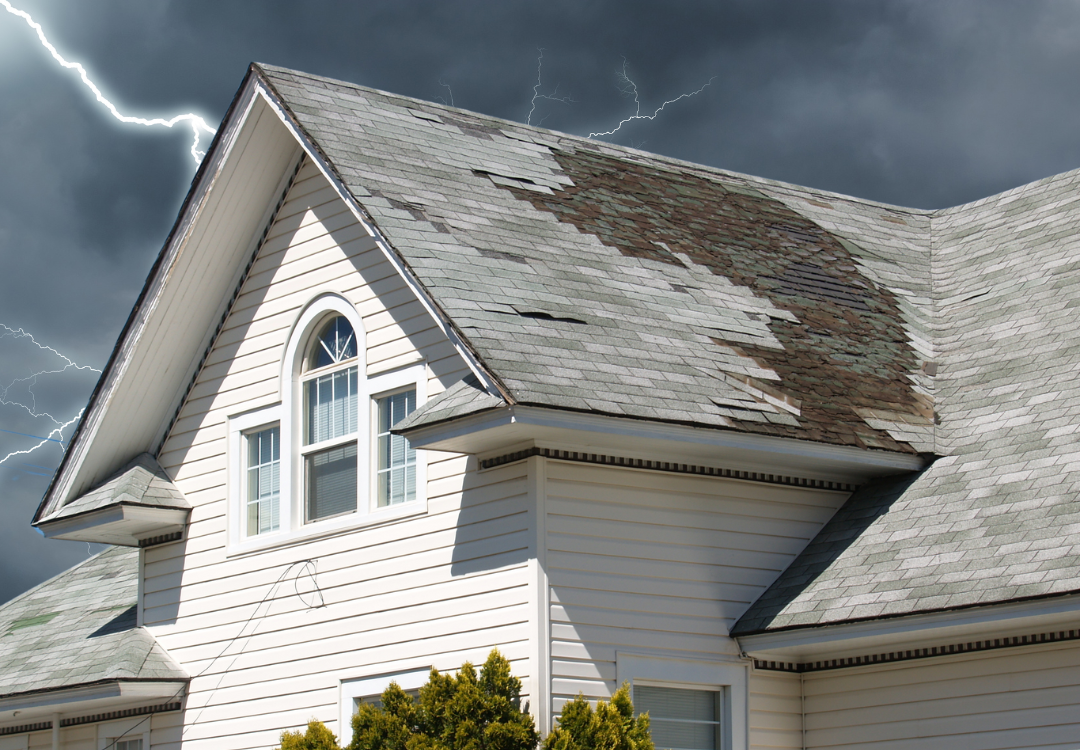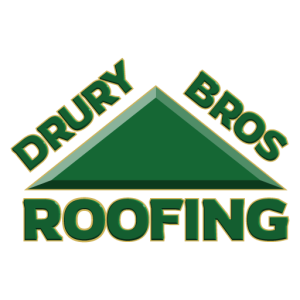When it comes to enhancing your home’s exterior, siding installation is one of the best investments you can make. Not only does new siding improve curb appeal, but it also provides protection against the elements and increases energy efficiency. If you’re considering siding for your home, this guide will answer common questions about costs, materials, and maintenance to help you make an informed decision.
How Much Does Siding Installation Cost Per Square Foot?
A key consideration for homeowners is how much does siding installation cost per square foot? The price depends on the material, labor, and the complexity of the project. On average:
- Vinyl siding costs between $3 to $8 per square foot.
- Fiber cement siding ranges from $5 to $12 per square foot.
- Wood siding can cost between $7 to $14 per square foot.
- Metal siding (aluminum or steel) runs about $4 to $10 per square foot.
Other factors, such as insulation, paint, and design complexity, can impact the final cost.
Best Types of Siding for Homes in Different Climates
Choosing the right siding depends on your local climate. Here are the best types of siding for homes in different climates:
- Cold climates: Fiber cement and insulated vinyl siding provide excellent thermal protection.
- Hot and humid areas: Metal and fiber cement siding resist moisture and heat damage.
- Rainy or coastal regions: Vinyl and fiber cement siding prevent water damage and rot.
- Dry and windy areas: Stucco and fiber cement siding hold up well in extreme conditions.
How to Choose a Siding Contractor Near You
Finding the right professional is crucial. If you’re wondering how to choose a siding contractor near you, consider these steps:
- Check Credentials – Ensure the contractor is licensed and insured.
- Read Reviews – Look at online testimonials and ask for references.
- Request Multiple Quotes – Compare pricing and services.
- Ask About Warranties – A reputable contractor should offer guarantees on both materials and labor.
Vinyl Siding vs. Fiber Cement Siding: Which Is Better?
A common debate is vinyl siding vs. fiber cement siding: which is better? Here’s a comparison:
- Vinyl Siding: Affordable, low-maintenance, and available in various colors but less durable than fiber cement.
- Fiber Cement Siding: Extremely durable, fire-resistant, and mimics the look of wood but is more expensive and heavier to install.
Your choice depends on budget, maintenance preferences, and desired aesthetics.
How Long Does Siding Installation Take for an Average Home?
If you’re curious about how long does siding installation take for an average home?, most projects take 1 to 2 weeks. However, factors such as home size, weather conditions, and material availability can affect the timeline.
Pros and Cons of Insulated Siding for Energy Efficiency
Pros and cons of insulated siding for energy efficiency should be weighed before installation:
Pros:
- Reduces heating and cooling costs.
- Adds extra durability and impact resistance.
- Minimizes outside noise.
Cons:
- Higher initial cost than standard siding.
- Limited design options compared to traditional siding.
How to Maintain and Clean Your Home’s Siding
Proper upkeep ensures longevity. Here’s how to maintain and clean your home’s siding:
- Vinyl siding: Wash with a mild detergent and a soft brush.
- Wood siding: Stain and seal every 3-5 years to prevent rot.
- Fiber cement siding: Rinse with a garden hose and repaint as needed.
- Metal siding: Inspect for rust and apply a protective coating.
Signs You Need to Replace Your Home’s Siding
Wondering when to upgrade? Here are signs you need to replace your home’s siding:
- Warping, cracking, or rotting panels.
- Mold, mildew, or persistent water stains.
- Increased energy bills due to poor insulation.
- Fading color or excessive maintenance requirements.
Does New Siding Increase Home Value?
Yes! If you’re asking, does new siding increase home value?, studies show that new siding can offer up to a 76% return on investment. It boosts curb appeal and attracts buyers looking for a low-maintenance home exterior.
Comparing Wood, Metal, and Composite Siding Options
Finally, if you’re torn between materials, here’s a guide to comparing wood, metal, and composite siding options:
- Wood Siding – Classic aesthetic, but requires frequent maintenance.
- Metal Siding – Durable and fire-resistant, but can dent easily.
- Composite Siding – Made from recycled materials, offering eco-friendly benefits and excellent durability.
Final Thoughts
Siding installation is a significant investment that enhances your home’s beauty and efficiency. By understanding different materials, costs, and maintenance requirements, you can choose the best option for your needs. If you’re ready to upgrade your home’s exterior, contact a trusted siding professional today!
